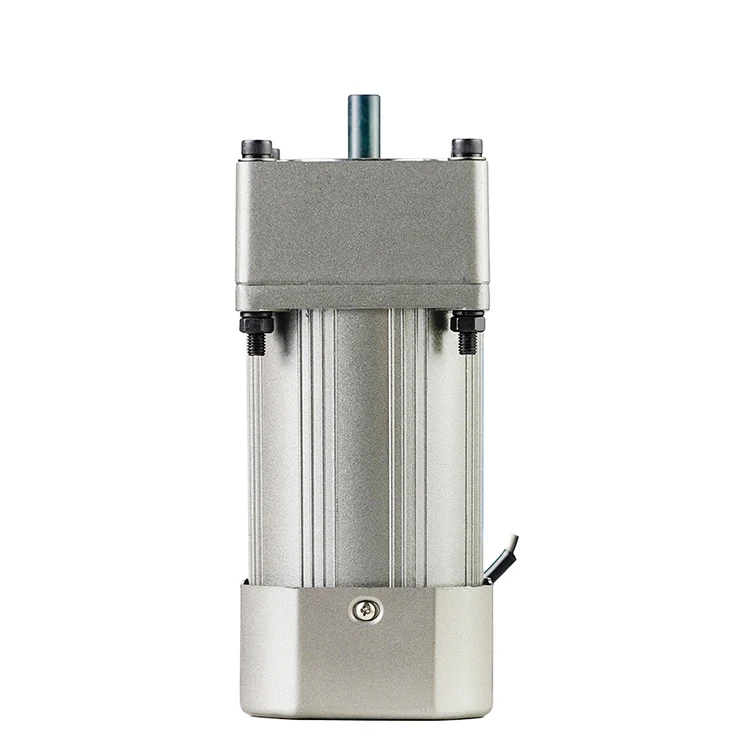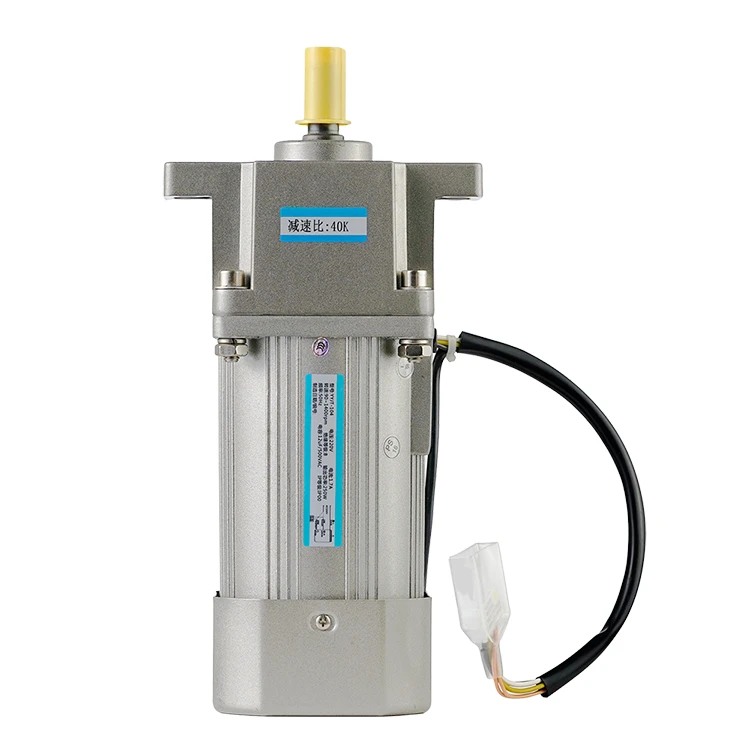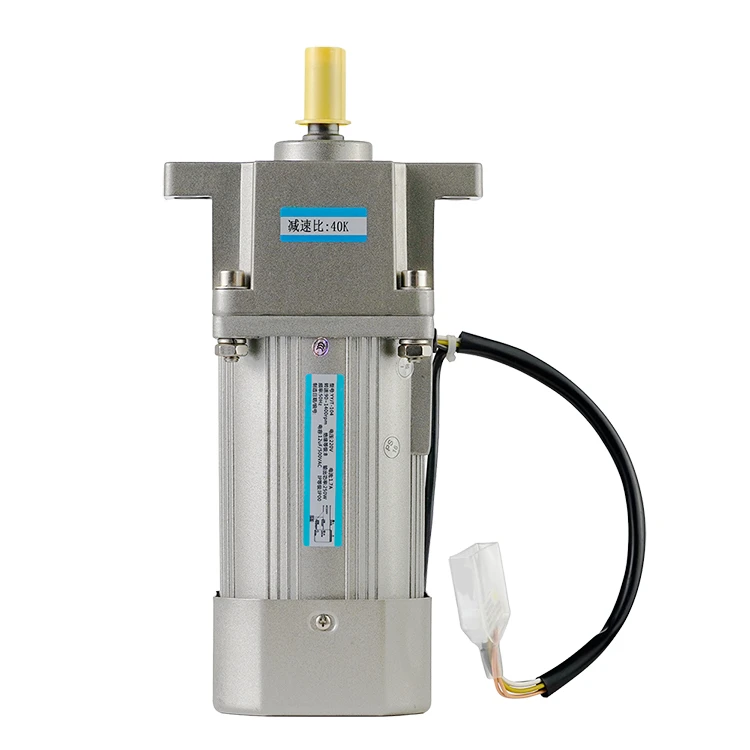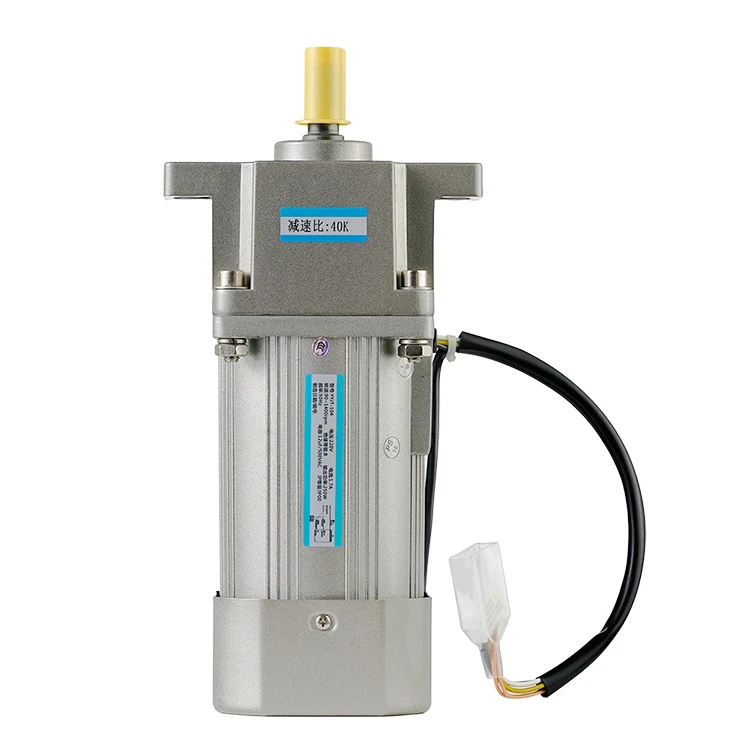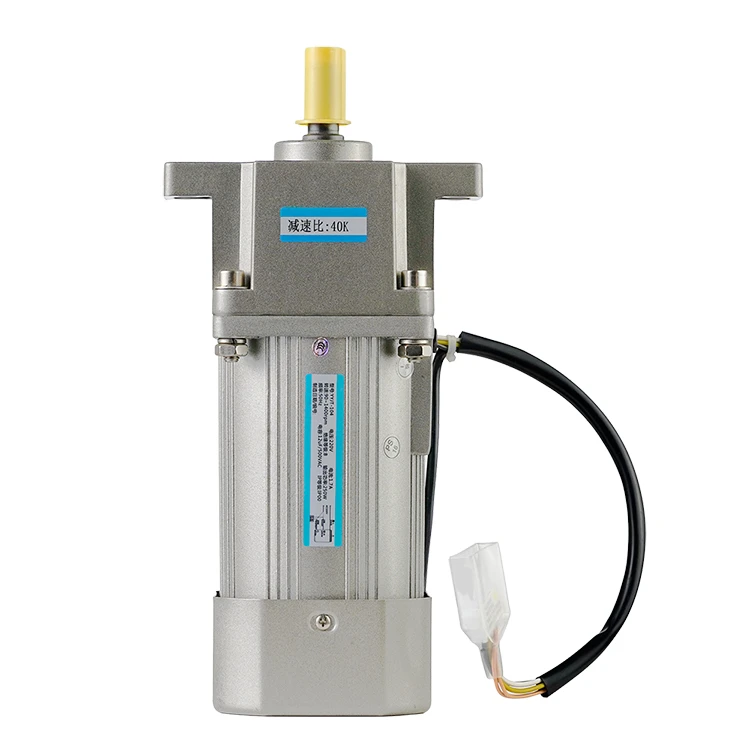What is laser ablation?
2023-01-16 16:33:42
Laser ablation is a high-energy laser process that removes material from the surface of materials. In this article, we will discuss the process of laser ablation, its features, and applications in manufacturing and other industries.
The Process of Laser Ablation
Laser ablation is a process that uses a high-energy laser beam to remove material from the surface of materials. The laser beam is generated by a laser source and produces a highly focused laser beam with high energy density. When the beam is focused on a small area of the surface, the energy of the beam can evaporate or ablate the material, resulting in precise material removal. The amount of material removed can be controlled by adjusting the laser power and duration of the laser pulse. Laser ablation is fast, precise, and highly automated, making it suitable for high-volume manufacturing.
Features of Laser Ablation
Laser ablation of laser engraving machine is a non-contact process that does not generate any mechanical forces on the ablated surface. It is fast and precise, allowing for precise control over the surface area being ablated. The process can be performed quickly, making it suitable for high-volume manufacturing environments. However, laser sources, mirrors, and other optical components can be expensive, and maintaining a laser ablation system requires specialized training and expertise. The process will also produce harmful substances such as smoke and dust, so proper ventilation is necessary during use.
Applications of Laser Ablation
Laser ablation has a wide range of applications in manufacturing and other industries, including surface cleaning, surface modification, and material removal. The process is used in the production of microelectronics, medical devices, and aerospace components. It is also used in the restoration of art and artifacts, where precise material removal is necessary.
Conclusion
Laser ablation is a highly efficient laser process with a wide range of applications in manufacturing and other industries. It is a non-contact process that is fast and precise, making it suitable for high-volume manufacturing environments. However, it requires specialized training and expertise to maintain a laser ablation system and proper ventilation is necessary during use. With its many advantages, laser ablation is a valuable tool for precise material removal and surface modification.
See What Lunyee Can Do For You
Contact Us
- 8619149417743
- +86-0371-5562 0274
- [email protected]
- Zhengzhou, Henan Province, China
- Mon-Fri: 9:00 - 18:00
